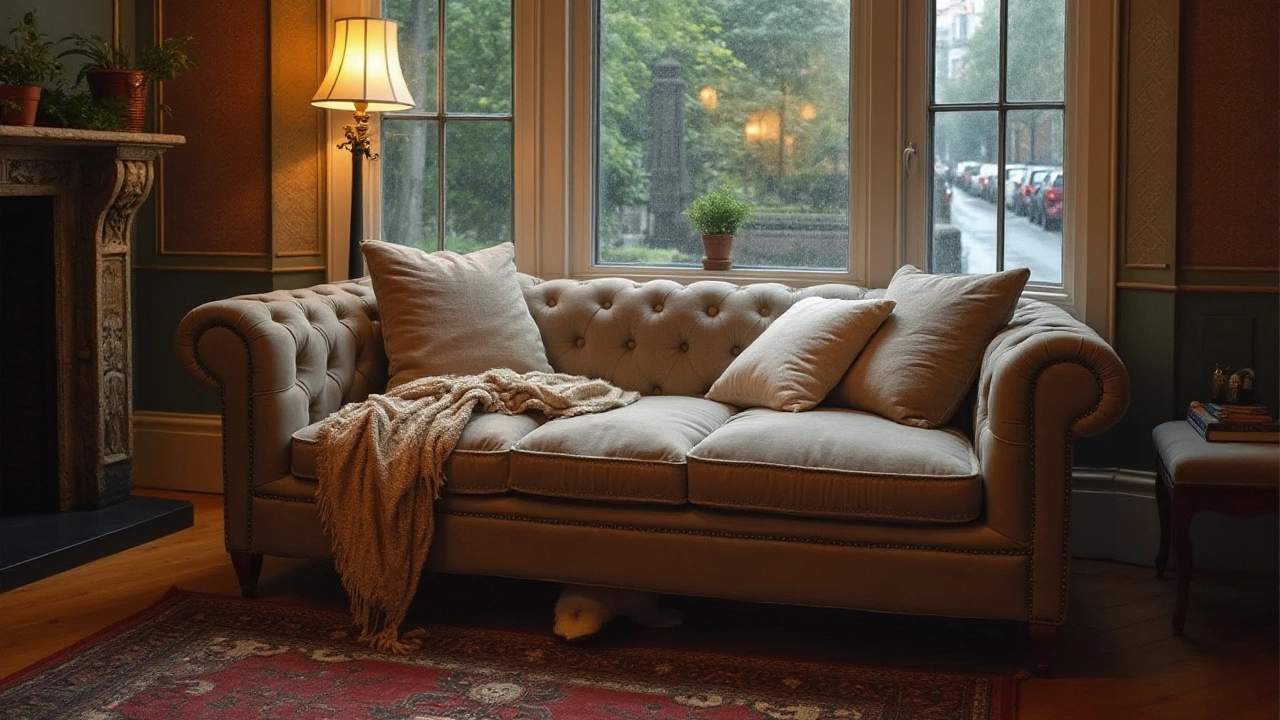Disadvantages of Popular Furniture Choices – What to Watch Out For
Before you click “add to cart,” it helps to know the hidden downsides of the pieces you love. From sofas that sag after a year to outdoor chairs that rust in the rain, each type of furniture comes with its own set of drawbacks. Knowing these issues up front saves you money, frustration, and a lot of re‑arranging.
Common Drawbacks of Sofas and Chairs
Soft cushions feel great at first, but low‑density foam often loses its bounce after only a few months. When the springs start to sink, the whole sofa looks cheap and gets uncomfortable. Leather looks sleek, yet untreated leather can crack in dry heat and stain easily from spills.
Office chairs promise ergonomic support, but many budget models have weak gas lifts that drop suddenly. A chair that “sinks” forces you into a slouch, and that can hurt your back in the long run. Even stylish accent chairs sometimes use thin wooden frames that wobble under weight, and they’re not meant for daily use.
Hidden Risks in Storage and Outdoor Furniture
Storage beds are handy, but they often have narrow openings that trap dust and moisture. Storing boxes with moisture‑prone items can lead to mold, and the mattress may develop uneven wear where the frame supports it.
Patio sets look inviting, yet some cheap aluminum bends under wind, and low‑grade teak can split when exposed to constant rain. If a patio table’s legs aren’t properly anchored, a sudden gust can tip the whole set, risking injury.
Rugs under coffee tables add warmth, but they can trap crumbs and spills, creating a breeding ground for stains. A rug that’s too small makes the table look floating, while a rug that’s too big can make the room feel cramped.
Before you finalize any purchase, ask yourself three quick questions: Will the material hold up to daily use? Does the piece fit the space without forcing awkward layouts? And, is the maintenance realistic for your lifestyle? If the answer is “maybe,” dig deeper or consider an alternative.
One practical tip is to test the furniture in a store if possible. Sit, lean, and even push a bit to feel the frame’s strength. For online buys, read reviews that mention long‑term durability rather than just first‑impression looks.
Lastly, remember that every piece has a trade‑off. A sleek glass coffee table might look modern but can chip easily. A solid wood TV stand lasts for years but may be heavier than you need for moving. Balance aesthetics with function, and you’ll avoid most of the common disadvantages that turn a dream purchase into a regret.
The Downside of Sleeping on a Couch: Uncovering Hidden Disadvantages
Choosing a sleeping couch for extra convenience seems appealing, but it comes with drawbacks you might not notice at first. People often overlook issues like discomfort, space constraints, and longevity, which can make a couch less ideal for sleeping. Misalignments can affect your health due to inadequate support. Additionally, the multi-functional design can lead to compromised durability over time.
More
